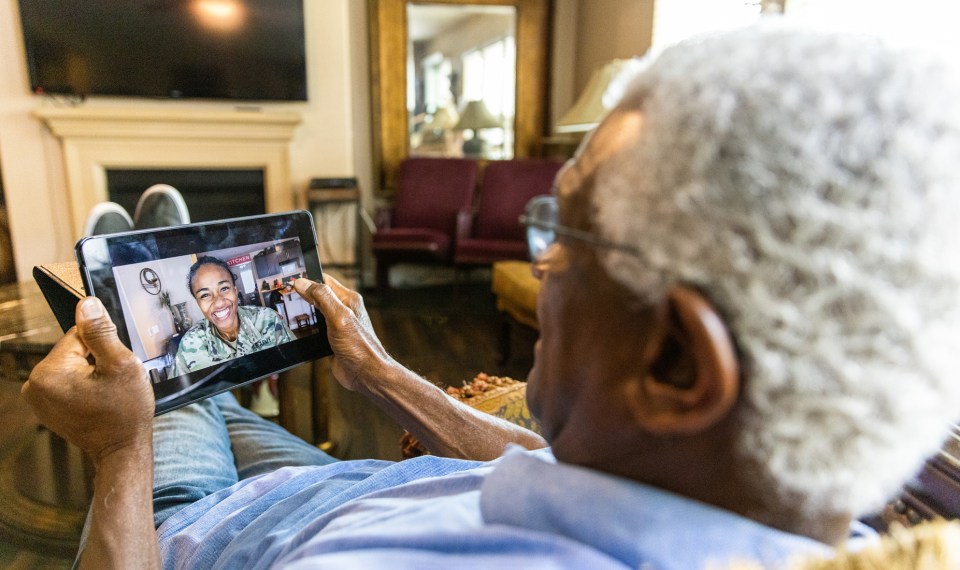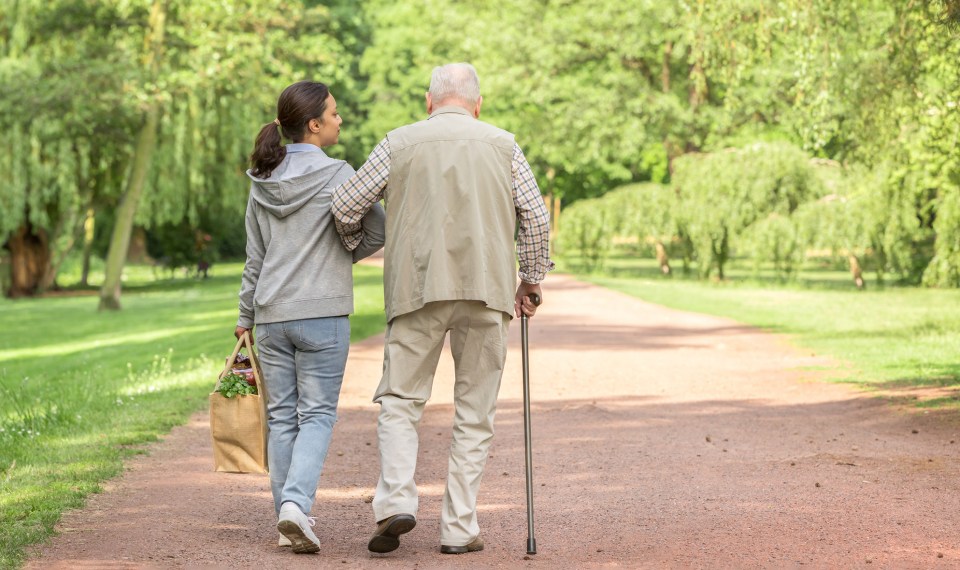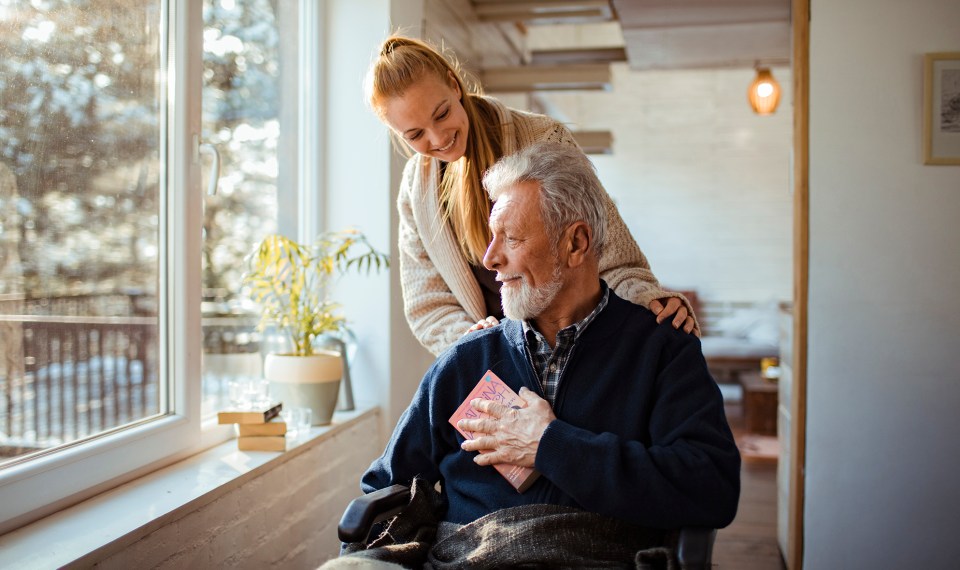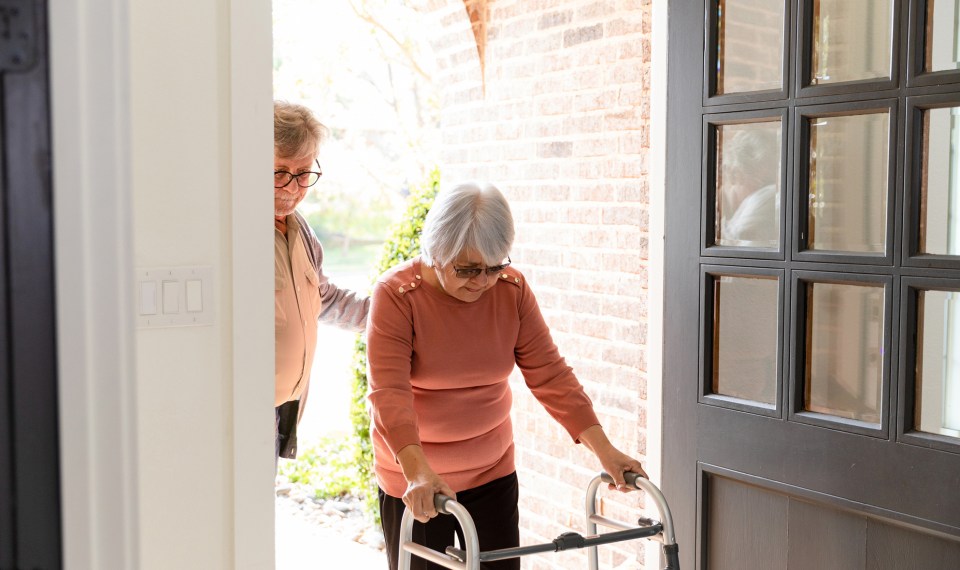Often, becoming a caregiver is not something you anticipate. Sometimes it happens without warning after an accident or unexpected illness. Other times, declining health makes it necessary to step in and lend a hand. No matter what the situation, caregiving for a parent or loved one is a big responsibility. And the role can be even more challenging if you live far away.
If you live an hour or more away from the person you are caring for, you are a long-distance caregiver. According to the National Council on Aging, approximately 5-7 million caregivers in the U.S. (around 15% of all caregivers) are long-distance caregivers. And while you may not be able to deliver hands-on, day-to-day care, there is still a way to be involved in fulfilling the needs of your loved one.
Defining the Role
Meet with other family members to determine what role each of you can fill. Everyone is busy these days, but by working together, you can establish a plan that utilizes the strengths and availability of each family member.
- Assess the need. The first step in developing a caregiver plan is determining exactly what needs to be done and what your loved one requires.
- Appoint a primary caregiver. A primary caregiver is the one who is responsible for making sure your loved one receives the appropriate day-to-day care. This may be a family member or a hired caregiver, but they should be familiar with the abilities and needs of your loved one and make sure they receive the required care.
- Share the responsibilities. The job of caregiving doesn’t have to fall to a single person. If possible, consider taking turns. Even if you can’t manage a lengthy stay, are you available for one or two weekends a month? Are you able to pay for a cleaning service or meal plan? Look for ways to contribute even when you can’t be there in person.
- Check in frequently. A quick phone call can provide information on how your loved one is doing that day and bring to light any needs that may not have been previously identified.
- Arrange for in-home caregivers. If there is no family member who can fulfill the role, a home health aide can help with personal care such as bathing, dressing, and meal preparation – some will even provide transportation to medical visits and other appointments. If skilled medical care is needed, a licensed nurse or therapist may be required.
- Coordinate finances and paperwork. Even if you live far away, you can assist with money management, insurance claims, bill paying, and other financial duties. Offer to organize records and paperwork.
- Address legal needs. Talk to your family member about establishing a power of attorney (POA) and health care proxy. A POA allows an appointed individual to make necessary legal and financial decisions on your loved one’s behalf should it be needed. A health care proxy is authorized to act on a person’s behalf concerning medical decisions should the person become incapacitated either temporarily or permanently.
- Enlist the help of other networks. Even if there are no family members nearby, could a neighbor, friend or fellow church member check in routinely?
- Reassess needs at visits. Use routine visits to assess how things are working and if needs have changed. Are there household maintenance issues that need attention? Does your loved one now require more care than before? Keep in mind, you may need to adjust as you go along.
- Prepare for emergencies. Keep all necessary information handy such as home security codes, doctors’ names and numbers, and information on how to reach neighbors or other points of contact. Arrange to have an extra set of keys available in case access to the house is quickly needed.
- Consider hiring a geriatric care manager. Typically, a licensed nurse or social worker, these professionals specialize in the care of elderly adults. They can assist in finding and coordinating care and services. But be aware, the cost of care managers is not covered by Medicare.
Tap into Technology
Technological advancements in recent years make it possible for long-distance caregivers to stay in touch with loved ones and offer better support from far away. Some technologies that can help with caregiving responsibilities include:
- Video calling. Teleconferencing on apps such as Zoom, Skype or FaceTime allows you to have face-to-face conversations when you can’t be there in person. Not only does this allow you to evaluate your loved one’s wellbeing, it also helps them feel more connected.
- Remote monitoring devices. Services like Connected Caregiver make it possible for family members to check on parents and family members. Much like the devices doctors use to remotely monitor a patient’s condition, the Bluetooth-enabled monitors send updates to caregivers and create a digital record of vital signs, medications and health updates.
- Smart medication systems. Devices such as PillDrill, The Prompter Connected Pillbox and Pria provide a way to help track medications and ensure the patient is taking them as prescribed. The device sends a reminder when medications are due, records when the dose is taken and sends a notification to caregivers if a dose was missed.
- Personal emergency response systems. Medical alert systems that notify family and emergency response teams that a patient may need immediate assistance after a fall or medical crisis can literally be a lifesaver. A variety of systems are available, including Lifeline, Medical Alert and Bay Alarm Medical. Most require a monthly plan and some offer flexible pricing to meet your specific needs.
- Camera monitoring. Home monitoring camera systems can help you keep eyes on elderly parents even when you can’t be there. Although it may take some time to get used to being on camera, many older adults feel safer knowing they are not alone. There are a wide range of prices and features, so it is important to shop around. Wi-Fi connected devices allow you to check-in in real time and some send alerts in case of emergency. Some popular options include the Eufy indoor security camera, Ring, Lorex and Vivint.
If you are a long-distance caregiver, remember there are many ways to be involved. Stay informed and up to date. Learn all you can about your loved one’s health and medical care. When you visit, it’s great to pitch in and help with errands and other duties, but don’t forget to spend quality time with your loved one, too. Sometimes the best thing you can share is your time.
The content of this site is for informational purposes only and should not be taken as professional medical advice. Always seek the advice of your physician or other qualified healthcare provider with any questions you may have regarding any medical conditions or treatments.



